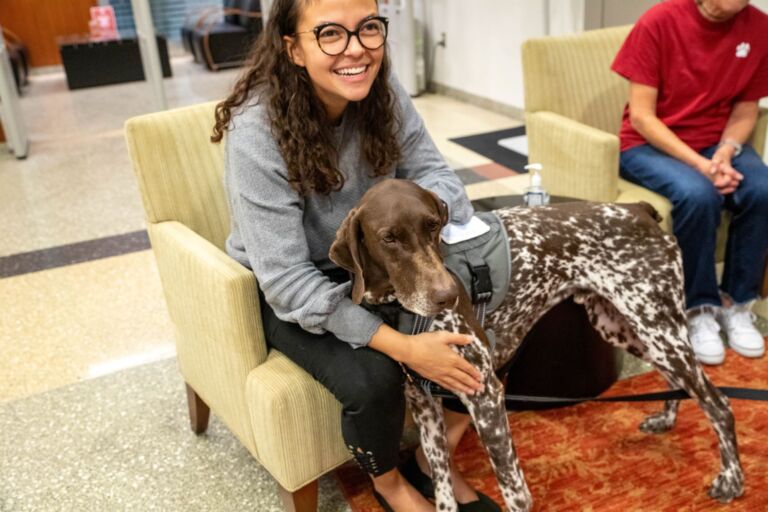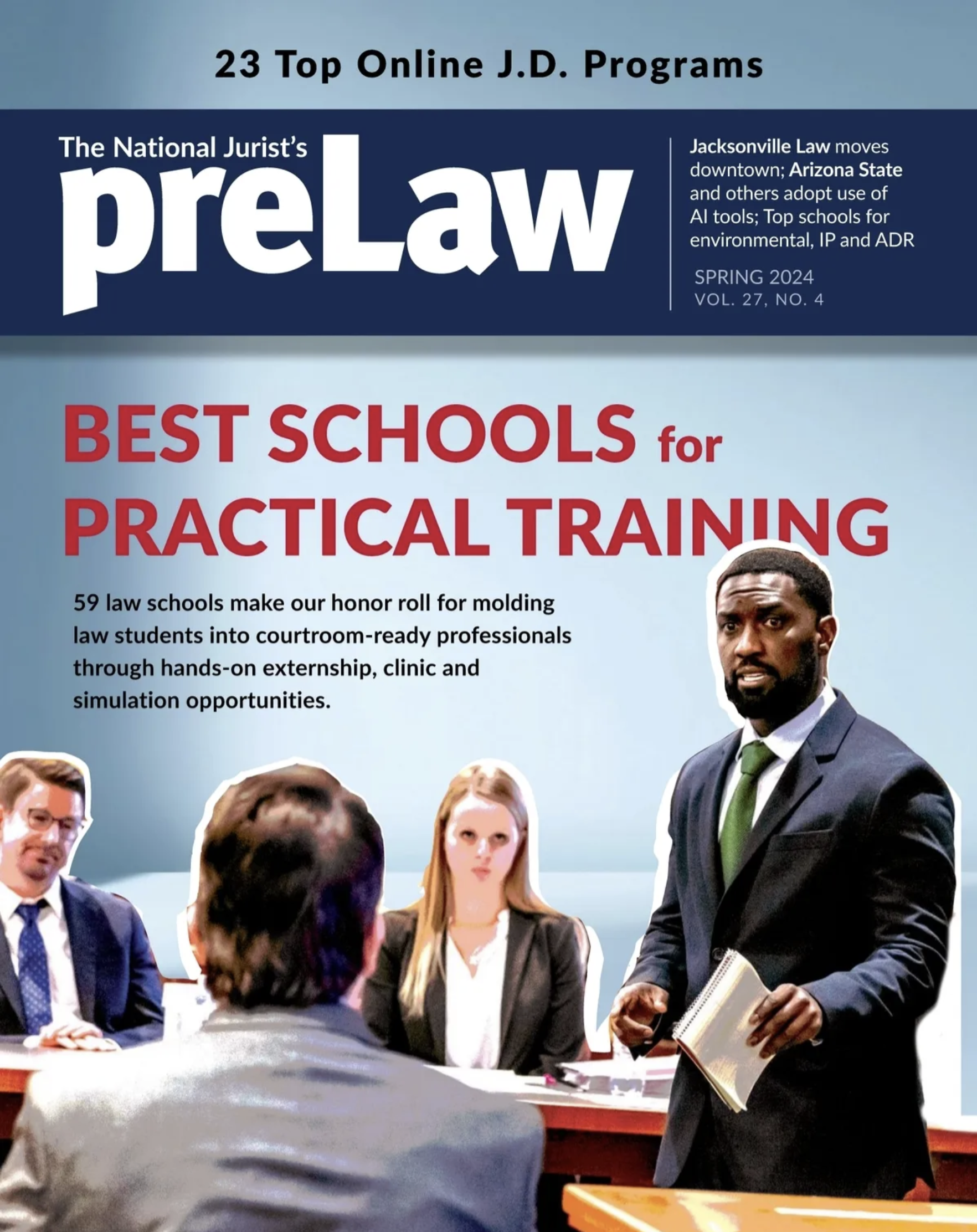Twelve additional law schools have been sued over claims that they misled prospective law students by falsely inflating employment rates, and the primary attorney behind the suits says employment figures for full-time legal jobs are closer to 40 percent, instead of the 68 percent reported by the National Association for Legal Placement.
The class action lawsuits, filed in five different states, join three other suits that allege that the misleading data resulted in students enrolling in law school, only to find themselves burdened with a heavy debt and limited job prospects upon graduation.
“We believe that some in the legal academy have done a disservice to the profession and the nation by saddling tens of thousands of young lawyers with massive debt for a degree worth less than advertised,” said David Anziska, the lead attorney behind a consortium of eight law firms across the U.S.
There are 51 plaintiffs behind the 12 lawsuits. They join 12 plaintiffs in a lawsuit that was filed against Thomas M. Cooley Law School and nine plaintiffs in a lawsuit against New York Law School — both filed in the summer. Both law schools filed motions to dismiss and oral arguments are expected in both cases sometime in the next few months. A law firm not connected to the consortium has sued Thomas Jefferson School of Law.
The new schools sued include: Albany Law School, Brooklyn Law School, California Western School of Law, Chicago-Kent College of Law, DePaul University, Florida Coastal School of Law, Golden Gate University, Hofstra University, The John Marshall Law School, Southwestern Law School, University of San Francisco and Widener University School of Law.
Widener, Albany Law School and Hofstra said in statements that they stand by their job-placement statistics, which adhere to reporting guidelines set by the American Bar Association and the National Association for Law Placement.
David Anziska said he believes that NALP’s employment data is inflated and that the real percent of recent graduates who get full-time legal jobs is far lower.
“I believe that with a proper accounting method, the real employment number would be 40 percent,” Anziska said. “Law schools send out questionnaires and I think a good deal of graduates don’t fill it out or say they are employed [when they are not].”
Anziska said his 40 percent estimate is based on the number of graduates who disclose their salary — reasoning that the others do not disclose that figure because they don’t really have a job.
But James Leipold, NALP’s executive director, stands by the integrity of his organizations’ data.
“We stand by our numbers. Our books are open and the data is good,” he said. “We have a 200-page report that documents this. These are assertions not based on fact.”
Jesse Strauss, an attorney working with Anziska, acknowledged that the 40 percent figure is “speculation.”
“But there is a real number out there,” he said. “ Law schools have been trying to explain why they can’t figure it out. It is not hard to find out what people are doing. I guarantee their alumni offices are keeping track.”
Adam Bevelacqua, a 2011 graduate of Brooklyn School of Law and one of the 51 plaintiffs, said he knows no one in his graduating class who is employed in a full-time legal job. Bevelacqua recently passed the bar exam and is unemployed just weeks before the official reporting date for employment data.
Another plaintiff, Corey Bennett, who graduated from the University of San Francisco in 2009, described his path to full-time legal employment. It started with a non-legal job at Macy’s, where he earned $10-an-hour. He then was hired by a small firm to work on a contract basis for $12 an hour. When that ended, he started handling document review on a part-time basis. Finally, he landed a full-time legal job this past August — 27 months after graduation.
Anziska said he found the plaintiffs like Bevelacqua and Bennett by announcing the firm’s intent to sue in October, and running ads on Craigslist. The firm announced 15 schools at that time that it intended to sue. However, it still does not have enough plaintiffs to sue two of the schools — St. John’s University and Pace University. It plans to move forward with a lawsuit against University of Baltimore, but as a state school must first file a notice of a claim with the Maryland treasurer.
Anziska said he plans to file suit against 20 additional schools and is seeking additional plaintiffs.
“Right now our focus is to sue as many law schools as possible,” he said. “We don’t want law schools to stand back and wait and see what happens.”






